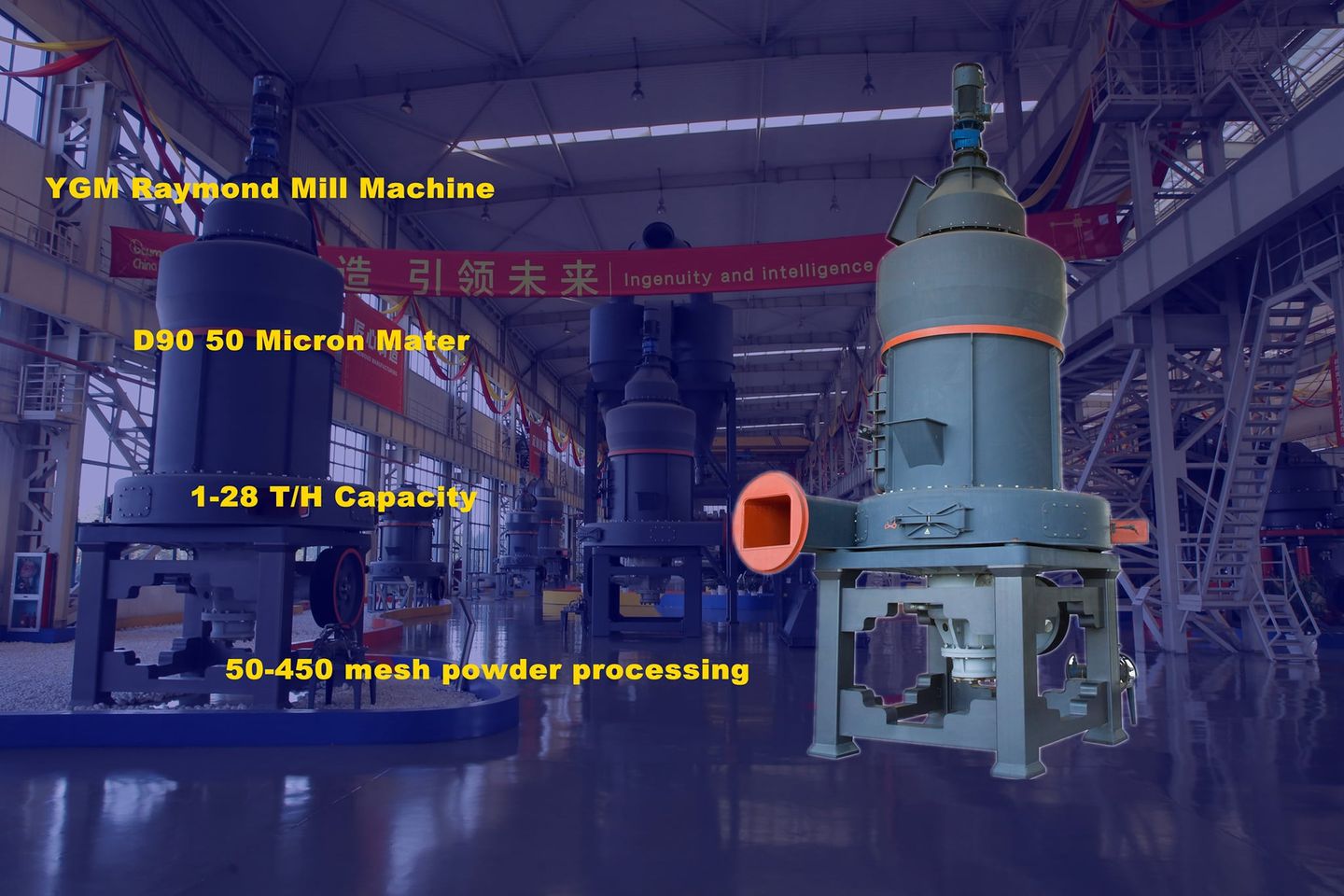For product information and pricing, Chat with sales agent:
or email us : sales@clirik.com
Click links below to see related products.

Lubrication and maintenance are crucial for the efficient operation and longevity of Raymond mills.
However, many users fall into common pitfalls when it comes to lubrication, leading to reduced equipment performance or even damage.
This article will address these misconceptions and provide practical tips for proper maintenance.

Some users believe that adding more lubricant will enhance the mill's performance. However, excessive lubricant can actually degrade its cleaning and anti-wear functions. Over-lubrication may lead to the accumulation of grease and carbon deposits, which can negatively impact the mill's performance and lifespan. Therefore, it is essential to follow the equipment manual's recommendations for the proper amount of lubricant.
Different components of a Raymond mill require specific types of lubricants. Using the wrong lubricant can be detrimental. When selecting lubricants, consider the following key factors:
Mining machinery often operates at high temperatures. Lubricants must have strong thermal stability and oxidation resistance to maintain effectiveness in such conditions.
The mining environment is harsh, with dust and moisture that can contaminate lubricants. Choose lubricants with strong resistance to rust, corrosion, and emulsification to ensure stable performance.
Equipment used in mining often experiences significant temperature fluctuations. Select lubricants with stable viscosity to ensure proper lubrication in both high and low temperatures.
In environments prone to fire or explosion, use flame-resistant lubricants to enhance safety.
Ensure the lubricant is compatible with the mill's seals to prevent leakage and other issues.
To ensure efficient operation and extend the service life of a Raymond mill, users must adhere to the following guidelines:
Follow the Manual: Always refer to the equipment manual for specific recommendations on lubricant type and quantity.
Select Appropriate Lubricants: Choose lubricants that meet the requirements for thermal stability, resistance to rust and corrosion, viscosity stability, flame resistance, and seal compatibility.
Avoid Over-Lubrication: Add lubricants in the appropriate amounts to prevent issues related to excess grease or deposits.
By adhering to these best practices, users can improve the working efficiency of the Raymond mill, extend its service life, and reduce maintenance costs. Proper lubrication and maintenance are essential for maintaining equipment performance and reliability.
